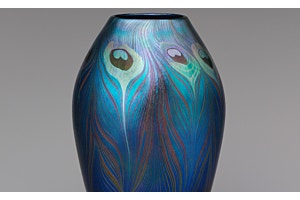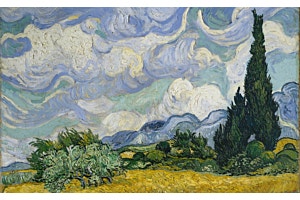
The name Delacroix typically evokes the great French Romantic painter of such monumental masterpieces as The Barque of Dante (1822), Liberty Leading the People (1830), and The Abduction of Rebecca (1846) in The Met collection. But there was another notable Delacroix working in the 19th century.
Henri-Edmond Delacroix (French, 1856–1910), who went by Henri-Edmond Cross to distinguish himself from Eugène Delacroix (French, 1798–1863), painted in the Neoimpressionist style that flourished mostly in France between 1886 and 1906.


The short-lived avant-garde movement helmed by Georges Seurat and Paul Signac rejected the spontaneity of Impressionism in favor of a meticulous practice known as mélange optique (optical mixture).


The principles of contemporary color theory guided the Neoimpressionist ethos that precise touches of pigment yield greater vibrancy when mixed in the observer’s eye than on the painter's palette. The idea of separating colors came to be known as Divisionism, while Pointillism refers to the application of precise dots of paint. As Signac explained, “the separated elements will be reconstituted into brilliantly colored lights.”


Cross adopted the Neoimpressionist technique of applying individual strokes of color (or tâches) in his light-dappled pictures bearing a high-contrast palette of saturated hues. As his practice evolved and he took up watercolor painting, his brushstrokes became looser and his colors softened.


One of our newest silk scarves spotlights Cross’s Landscape with Stars (ca. 1905–8) (shown above), a poetic watercolor of a starry sky. This dreamy nocturne unites the long, broken brushstrokes of Cross’s late works with a murky landscape of pen and ink. The picture's impressionistic forms are notably reminiscent of Japanese painting.


The Cross Landscape with Stars Square Silk Scarf is available in-store at The Met Fifth Avenue and online, alongside our vast selection of scarves, shawls, and neckerchiefs inspired by various treasures in The Met collection.







